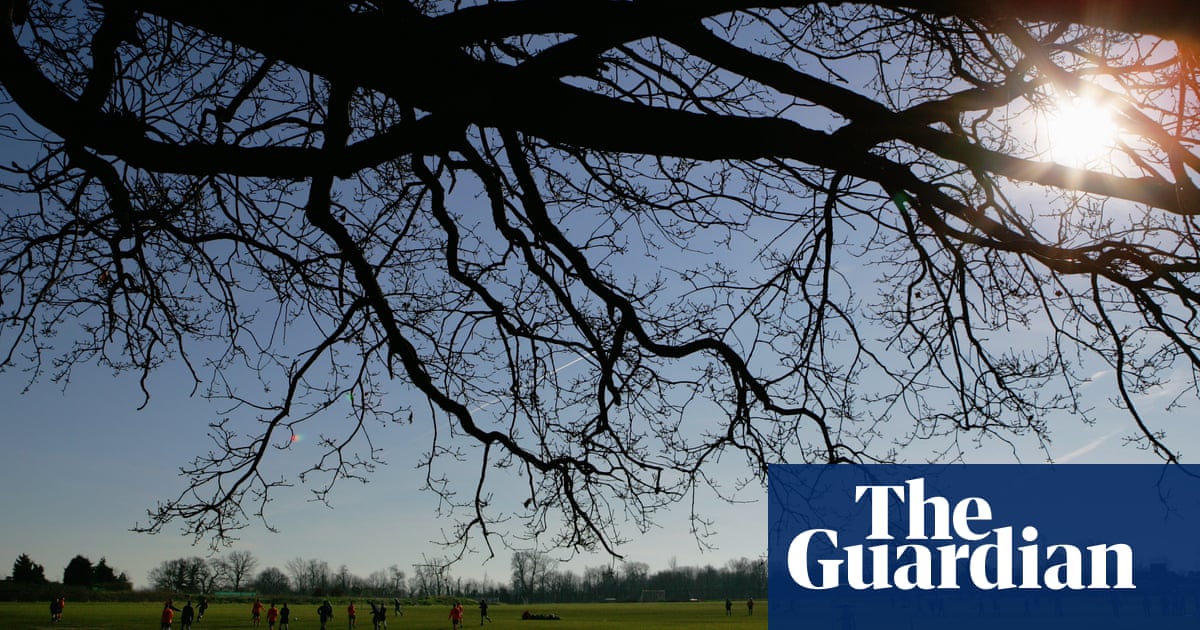
Flora, fauna and football do not commonly coexist but a future with hedgehogs snuffling in the dugout and dragonflies running the touchline may yet be possible after the Football Association committed itself to rewilding the English game.
A plan to “identify the opportunity for biodiversity and rewilding across football” forms part of a new FA strategy to improve sustainability within the sport. According to experts it could create impactful change, not just for wildlife but for people’s experience of nature.
The FA strategy “Playing for the future” talks of the governing body’s ability to “make and influence” environmental and social change and one of those areas is in the grassroots game, where the FA funds the use and maintenance of thousands of grass pitches. According to the conservationist Nick Acheson, even small measures to adapt the land around pitches that host Sunday league football would make a real difference.
“The immediate benefits are incomparable,” he says. “If you have football pitches and you can allow some of the grass around the edge to grow longer and you can put in some ponds and have scrubby vegetation in bits that don’t in any way affect the playing of the game, that is only a gain for nature.
“At scale, it puts back connectivity because nature needs to be able to move and flow and adapt to threats like climate change. To do that we need connection through the landscape. So enormously powerful organisations with large amounts of land can do tremendous good.”
The FA’s rewilding plan falls under one of three pillars for its new five-year sustainability strategy that also seeks to “achieve net zero status” by 2040 and reduce water consumption across the organisation by 30% by 2028 from a 2019 baseline. The FA would be expected to hit its internal targets but its ability to “increase awareness and environmental sustainability practices across football, whilst governing and supporting wider change”, in the words of the strategy, will be tougher and the measure through which substantial change could be achieved.
The benefits of a wilder, greener football environment would not just be for plants and wildlife, says Acheson. “It’s not just that you’re restoring spaces for common species, you’re also restoring the spaces for common species in people’s lives. Every inch of the countryside that we build on is something that we have ultimately taken from nature and in order for people to value nature they need to have experiences with it.
“We want everyone to be proud of having a hedgehog snuffling on their football pitch. We want everyone to be able to take a break from the kids school match, to sit by a pond and see dragonflies.”
Professor Alastair Driver, director of Rewilding Britain, said: “True rewilding involves landscape-scale restoration, so I would particularly encourage professional football clubs and indeed their players and managers to look at how they can offset their environmental footprint by supporting very large scale rewilding projects in their area. The Rewilding Network is a great place to start.”












